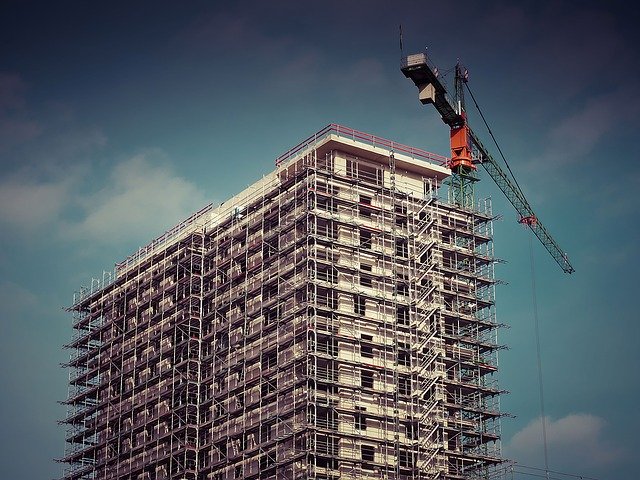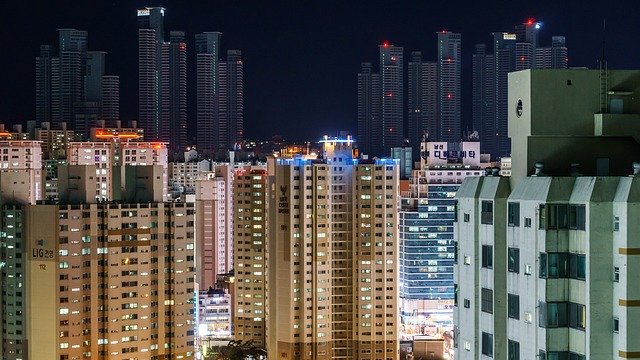Where the coronavirus pandemic is concerned, we’re through the glass darkly now. Our new normal is so abnormal, it is impossible to see what might lie ahead. There are hints, certainly, but they are just that. Circumstances change so much from day to day, week to week and month to month that we are constantly learning, adapting and adjusting.
All that said, there were some indications that multifamily housing construction staged something of a rebound in June, and that it is possible that the hit to the industry won’t be as great as was feared. The most promising news from the U.S. Census Bureau’s June report was that starts for apartment buildings featuring five units or more, which sagged the two previous months, were up 19 percent from May to June, and only down three percent from June 2019.
Permits for multifamily properties of five units or more were off 14 percent from May to June, and while they were down just four percent from a year earlier, they were 18 percent below the average from the previous 12 months.
As for completions, they were down six percent from May for buildings of five units or more, but up 11 percent from June of ‘19. And overall, completions sagged six percent month-over-month, and five percent year-over-year.
Another metric signalling that multifamily construction is on an uptick is the number of proposals. Fueled by record low interest rates, that was up seven percent in the year’s second quarter, after plummeting two percent in the first quarter — the multifamily’s worst rate in a decade, according to the quarterly market forecast by PSMJ Resources, Inc., a consulting firm. While that seven-percent jump is far off the 40-percent growth rate that had been the norm the previous seven years, it at least represents a halt to the free fall of early spring, after the pandemic hit.
One other sign of construction’s comeback came courtesy of a report from the American Institute of Architects, which showed that demand for the services of those in that profession was very strong among construction companies “with a multifamily residential specialization,” according to AIA chief economist Kermit Baker.
The outlook for the rest of the year, while not the brightest, is still not as bad as it might have been. Fannie Mae predicts that the total multifamily starts for 2020 will be 352,000, a year-over-year decline of 12.5 percent. That is a far cry from the way things looked back in January, when there were high hopes for multifamily construction, despite the questions that surrounded cost and affordability. Typical of the mindset at that point was the headline that appeared atop a Jan. 10 piece on Multifamilyexecutive.com: “Apartment Outlook 2020: Riding the Zenith.” The subhead did, however, allow that the optimism seemed “almost too good to last.”
Quite so. The United States’ first coronavirus case was reported just 10 days after that piece appeared. By mid-March the country was in lockdown, and the economy was in turmoil. The multifamily sector sagged right along with everything else. But now, finally, there is reason to believe that better days might lie ahead, that there is reason for hope.





